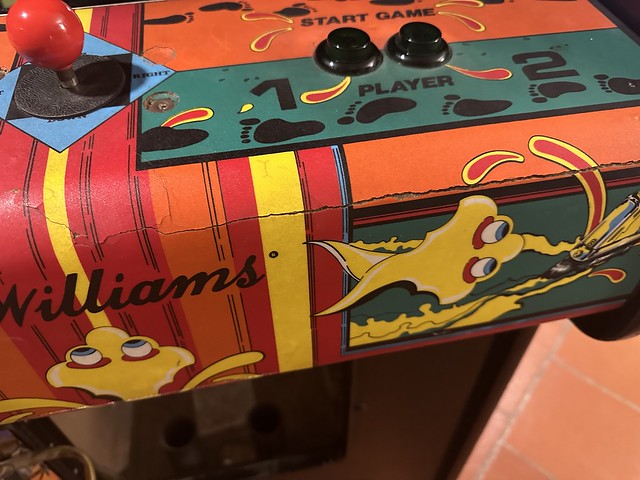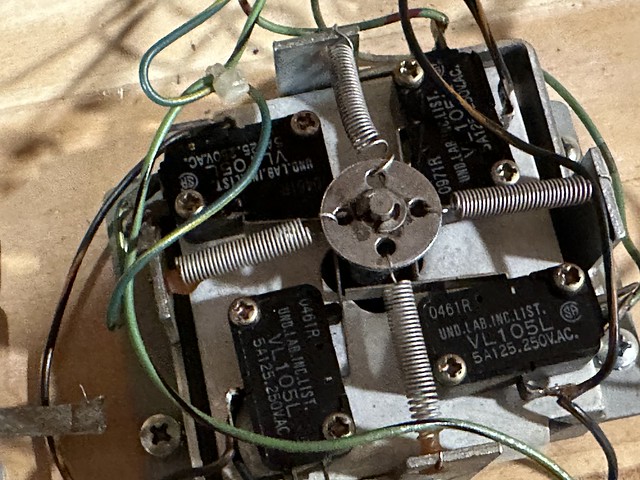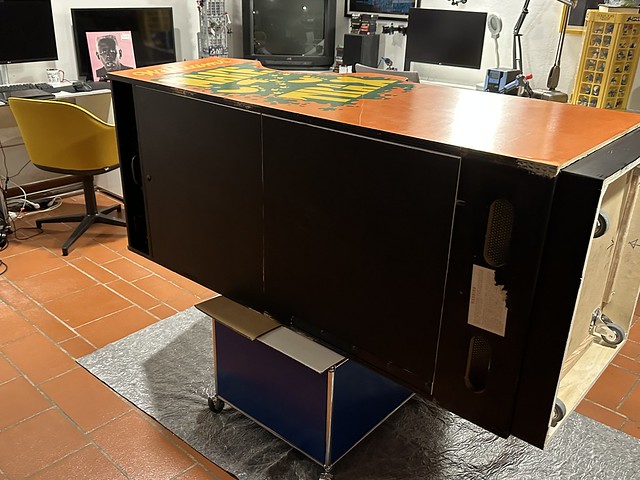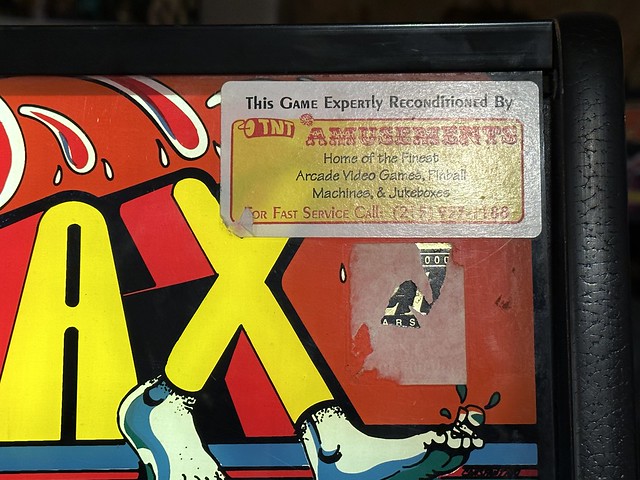In our most recent episode of Reclaim Today, Taylor Jadin and I talked with Paul Hibbitts about his work to create Docsify This. This tool is in many ways part of a longer trajectory of Hibbitts’s work, which I first learned of through the creative ways he was using the open source flat-file content management system Grav to build out open course templates. His work with open source, markdown-based templates broadened to include Docsify, a lightweight tool for publishing documentation. More recently, he created his own tool, Docsify This, that enables folks to take markdown from any document and convert that into a web-based HTML page without the need for a server—making the entire process as simply as copying and pasting a link. It’s not only a cool, useful tool, but the discussion frames the trajectory of Paul’s work from Grav through Docsify in terms of a journey to make the online publishing process as easy and lightweight as possible. If you’re interested in open source publishing tools that might prove useful and make someone’s life easier, this session just might be for you.
Watch the bava blog trailer!
about
is an ongoing conversation about media of all kinds ...
Testimonials:
Generations from now, they won't call it the Internet anymore. They'll just say, "I logged on to the Jim Groom this morning.
-Joe McMahon
Everything Jim Groom touches is gold. He's like King Midas, but with the Internet.
-Serena Epstein
My understanding is that an essential requirement of the internet is to do whatever Jim Groom asks of you while you're online.
-James D. Calder
@jimgroom is the Billy Martin of edtech.
-Luke Waltzer
My 3yr old son is VERY intrigued by @jimgroom's avatar. "Is he a superhero?" "Well, yes, son, to many he is."
-Clint Lalonde
Jim Groom is a fiery man.
-Antonella Dalla Torre
“Reverend” Jim “The Bava” Groom, alias “Snake Pliskin” is a charlatan and a fraud, a self-confessed “used car salesman” clawing his way into the glamour of the education technology keynote circuit via the efforts of his oppressed minions at the University of Mary Washington’s DTLT and beyond. The monster behind educational time-sink ds106 and still recovering from his bid for hipster stardom with “Edupunk”, Jim spends his days using his dwindling credibility to sell cheap webhosting to gullible undergraduates and getting banned from YouTube for gross piracy.
I am Jim Groom
Find out more about me here.
Recent comments
- Anne-Marie Scott on Altec Lansing ACS 45.1
- andrew on Altec Lansing ACS 45.1
- Jim Groom on Altec Lansing ACS 45.1
- Reverend on Altec Lansing ACS 45.1
- Eric Likness on Altec Lansing ACS 45.1
- bavacade Updates: Moving the fleet to bavastudio, Millipede Monitor Woes, a Rogue K4600, and Phoenix Board Weirdness | bavatuesdays on The Perfect Gameroom
- Reverend on Phoenix High Score Save Kit and then some…Redemption!
- Reverend on Aggressive Technologies is Overvalued
- Steven on So Your iPhone was Stolen in Milan
- Shannon on Aggressive Technologies is Overvalued
- Reverend on Offloading Azuracast Media, Recordings, and Backups to S3
- Johnny K on Offloading Azuracast Media, Recordings, and Backups to S3
- Reverend on Offloading Azuracast Media, Recordings, and Backups to S3
- Explore the voices and resources from OER24 : #ALTC Blog on 100 Years of EdTech
- Johnny K on Offloading Azuracast Media, Recordings, and Backups to S3
-
Recent Posts
- Altec Lansing ACS 45.1
- bavacade Updates: Moving the fleet to bavastudio, Millipede Monitor Woes, a Rogue K4600, and Phoenix Board Weirdness
- Aggressive Technologies is Overvalued
- 100 Years of EdTech
- That Mathers Aesthetic!
- ReclaimEDU: the Infomercial
- The Dr. Oblivion Bot
- The Old Disturbance
- A Guided Videodrome Review using ChatGPT
- Demystifying AI
browse the bavarchive
Contributors
some favorites
- Alan Levine
- Andy Rush
- Audrey Watters
- bava.social
- Bonnie Stewart
- Brian Lamb
- Bryan Alexander
- Chris Lott
- Clint LaLonde
- Cole Camplese
- Darcy Norman
- David Kernohan
- David Wiley
- Gardner Campbell
- GNA Garcia
- Grant Potter
- Jeffrey Keefer
- Jon Beasley-Murray
- Jon Udell
- Kate Bowles
- Kin Lane
- Laura Blankenship
- Leslie Madsen-Brooks
- Lisa M Lane
- Martha Burtis
- Martin Hawksey
- Martin Weller
- Mike Caulfield
- Mikhail Gershovich
- Mountebank
- Paul Bond
- Scott Leslie
- Serena Epstein
- Shannon Hauser
- Stephen Downes
- The OLDaily
- Tim Owens
- Tom Woodward
- Tony Hirst






































 We’re honored to have edtech’s patron saint of resisting student surveillance,
We’re honored to have edtech’s patron saint of resisting student surveillance, 






